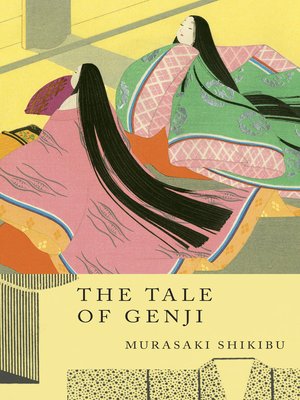
- Tale Genji Seidensticker Ebook Download Pc
- The Tale Of Genji Online
- Tale Genji Seidensticker Ebook Download Free
Kagero Nikki, translated here as The Gossamer Years, belongs to the same period as the celebrated Tale of Genji by Murasaki Shikuibu. This remarkably frank autobiographical diary and personal confession attempts to describe a difficult relationship as it reveals two tempestuous decades of the author's unhappy marriage and her growing indignation at rival wives and mistresses. The Tale of Genji, by Murasaki Shikibu. Table of Contents. The Paulownia Court. Murasaki Shikibu at Ishiyama-dera. Suzuki Harunobu, 1767. Boston Museum of Fine Arts.

Tale Genji Seidensticker Ebook Download Pc
Author : Thomas Harper
ISBN : 9780231537209
Genre : Literary Criticism
File Size : 56.3 MB
Format : PDF, Mobi
Download : 518
Read : 1324
ISBN : 9780231537209
Genre : Literary Criticism
File Size : 56.3 MB
Format : PDF, Mobi
Download : 518
Read : 1324
The Tale Of Genji Online
- Genji monogatari (Tale of Genji) is often considered the first great novel in world literature. The author of the work, Murasaki Shibuku, was born around 978 and spent most of her life at or near the imperial court in Kyoto. After a brief marriage to an older man, she entered the service of Empress Akiko (or Shōshi) around 1005 as a lady-in-waiting.
- Download The Tale of Genji, Complete this ebook in txt, PDF, doc, ePub, DjVu formats. You can read online. [The Tale of Genji is] not only the world’s first real novel. Columbia University “Edward Seidensticker’s translation has the ring of authority.” -New York Times Book Review “A triumph of authenticity and readability.